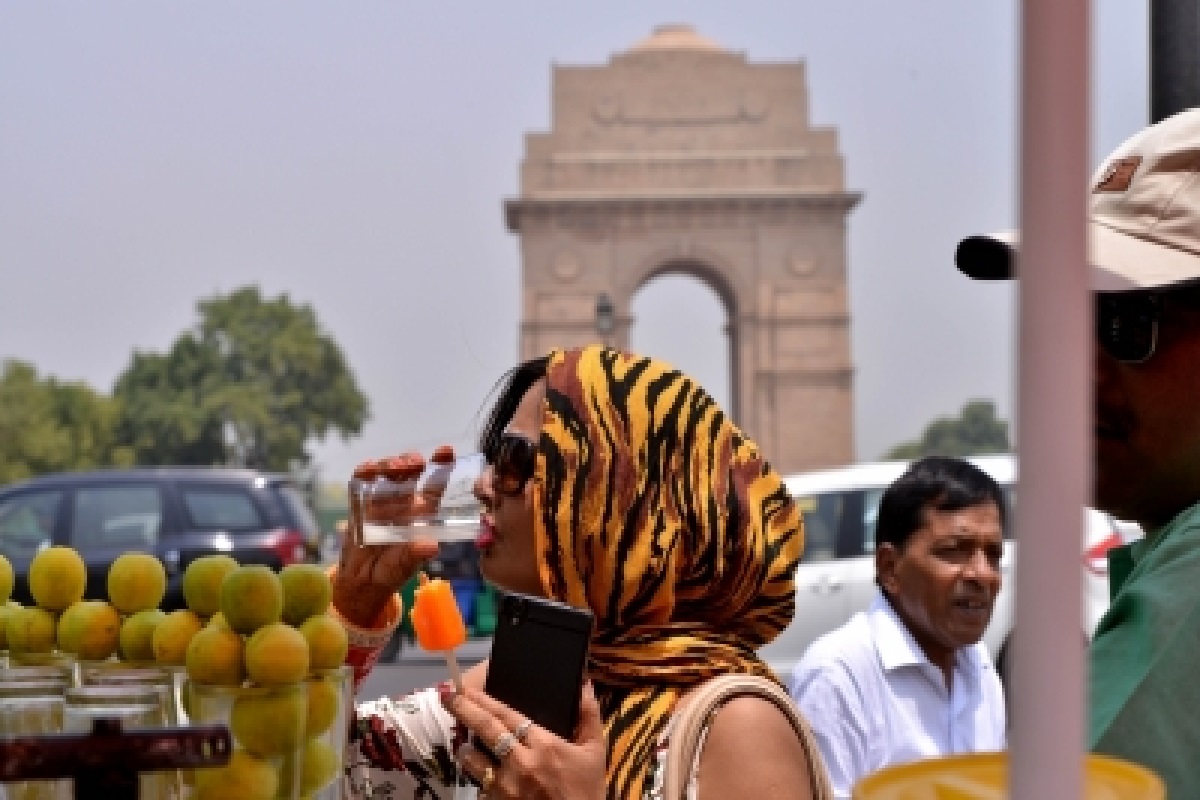In summer of record-breaking heat and heatwaves in many places, drastic humidity has made the outdoors feel unbearable.
While there are numerous ways to measure climate conditions, some experts say it’s time to start talking about wet-bulb temperature.
The wet-bulb temperature is defined as the temperature of a parcel of air-cooled to saturation (100% relative humidity) by the evaporation of water into it, with the latent heat supplied by the parcel. A wet-bulb thermometer indicates a temperature close to the true (thermodynamic) wet-bulb temperature. In simpler terms, wet bulb temperature tells us at what level our bodies will be unable to cool themselves down by sweating. In this case, the threat of a heat stroke rises dramatically.
Wet bulb temperature combines heat and humidity to indicate how much evaporation can be absorbed into the air. It measures the lowest temperatures that our bodies can reach when we are in hotter environments, by sweating.
There are multiple reasons behind this – while the current heatwave is not India’s worst, yet, we endured the hottest March in 122 years. Coal shortages and a drastic surge in power demand have led to power cuts in several parts of the country – some as long as eight hours. In fact, there is a power cut right now as I write this story.
Global warming is expected to disintegrate this situation with each passing year. And while the temperature and humidity levels give us a fair amount of idea about the weather outside, they do not tell us exactly how bad it can be for our bodies.
Our bodies cool themselves down in hot temperatures by sweating – when the sweat evaporates from the surface of the skin, the temperature of our bodies comes down.
This evaporation is easier when you are in a drier zone with lower humidity levels. For instance, 35-degree Celsius in a coastal Indian city like Chennai is a lot more unbearable than in places like Hyderabad, Indore or any other non-coastal city in the country.
This is because the humidity levels are much higher in coastal areas than those far away from the seas. When the air around you is already humid, it becomes difficult for the sweat on your skin to evaporate.
A wet-bulb temperature of 32-degree Celsius is usually the maximum that a human body can endure and carry out normal outdoor activities in. This is equivalent to a dry temperature of 55-degree Celsius.











